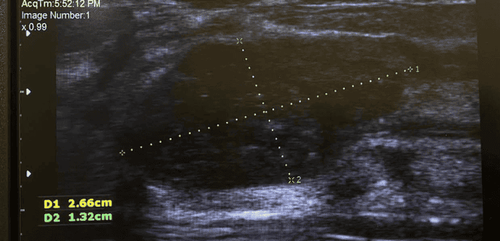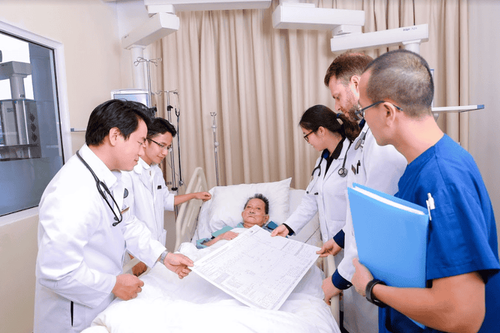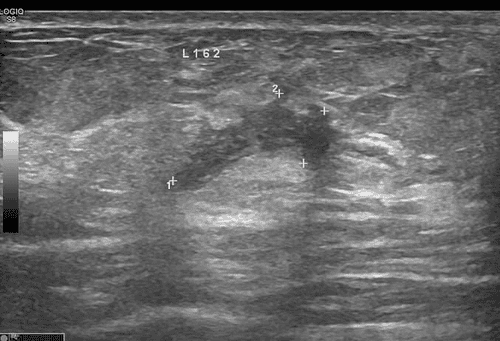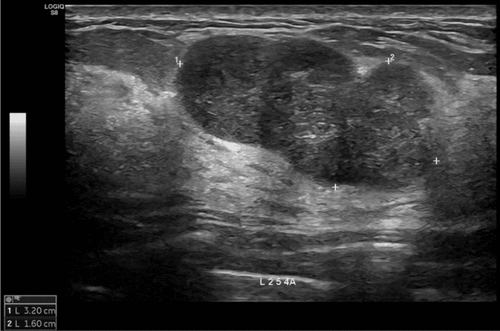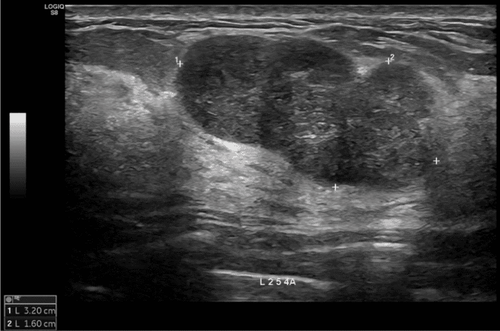Proceedings of the 3rd National Medical Physics Conference, Ho Chi Minh City National University
Publishing House, pp. 66-77.
Authors: Tran Ba Bach, Nguyen Dinh Long, Doan Trung Hiep, Ha Ngoc Son, Nguyen Van Nam, Nguyen Trung Hieu, Nguyen Van Han.
Summary
Objective: To evaluate the initial results of implementing stereotactic body radiosurgery (SBRT) at Vinmec Times City International General Hospital: simulation, planning, quality control (QA) of the plan, daily radiotherapy, and clinical response.
Subjects and methods: 10 patients, including 02 lung cancer patients and 08 liver cancer/metastasis patients with SBRT indications, through the Multidisciplinary Cancer Council from August 1, 2017, to May 31, 2018. Patients were CT simulated on the Optima 580, using the RPM breathing management system and the SBRT patient immobilization kit. The SBRT plan was created on Eclipse v13.0 planning software, managing and storing patient information on ARIA v13.0 software. The plans were QA using the Dose 1 dose reader, CC01 probe, and Portal Dosimetry system. Then, the patients were treated on the Clinac iX radiation system.
Results: Simulation: Assessment of tumor mobility. CT simulation: 01 patient breathing freely, 09 patients holding their breath. Planning: 01 non-coplanar volumetric modulated arc therapy (VMAT) plan, 09 coplanar 3D-CRT plans. All plans met the dose criteria of JCOG 0403 (lung) and RTOG 1112 (liver). Plan QA: The point dose error of all 10 plans was ≤ 2%. Plane dose of arcs (Arc) in the VMAT plan all achieved ≥ 95% with ∆D/∆d = 2%/2 mm. Daily radiotherapy: 2D-kV (kilovoltage), 2D-MV (megavoltage), 3D-CBCT (cone-beam computed tomography) verification before irradiation. Setting errors in anterior-posterior (AP), superior-inferior (SI), and left-right (LR) directions were 8.75 mm, 4.57 mm, and 6.63 mm respectively, without 2D-kV correction and 3.20 mm, 3.14 mm, and 3.15 mm without 3D-CBCT correction after 2D-kV translation. Clinical response: All patients achieved a partial response. Early side effects: 1 patient had grade 2 liver enzyme elevation, and 1 patient had grade 2 dermatitis.
Conclusion: SBRT using a linear accelerator was safely and effectively implemented at Vinmec Times City International General Hospital.
To arrange an appointment, please call HOTLINE or make your reservation directly HERE. You may also download the MyVinmec app to schedule appointments faster and manage your reservations more conveniently.
